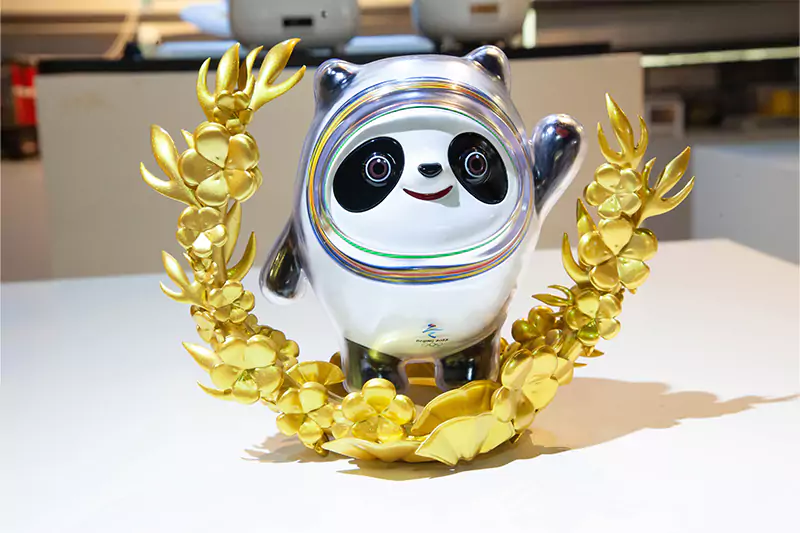interior decoration&Art
Home » Industries » interior decoration&Art
Sla 3D printers in interior decoration and art sculptures
3D printing technology is revolutionizing the art industry by providing artists and designers with entirely new means of creation and expression. With its flexibility, precision and innovative potential, this technology is changing the way artworks are created, displayed and experienced.
Application of SLA 3D printer in Interior design and decoration
The use of 3D printing technology in interior design allows designers to quickly realize ideas and produce intricate furniture and decorative items. This technology not only speeds up the design process, but also reduces costs, making personalized designs easier to achieve. Designers can offer a wide range of off-the-shelf designs and finishes from catalogs for customers to choose from, allowing for mass customization. In addition, 3D printed furniture can be made from recyclable materials, reducing transportation costs and environmental impact.

SLA 3D printer for Sculpture creation
3D printing technology has greatly simplified the process of sculpture creation. Artists can design a sculpture through computer-aided design (CAD) software and then 3D print it directly, greatly reducing the conversion time from concept to physical object. This technology allows artists to easily iterate and modify designs without the need for the large amount of space and materials required for traditional sculptures.
3D Printing Reproduction and conservation of works of art
3D printing technology also shows great potential for artwork reproduction and conservation. Artists can utilize 3D scanning and printing technology to accurately replicate works, which not only helps in the dissemination and education of artworks, but also serves as a means to protect the original. In addition, 3D printing technology can be used to restore damaged artworks to their original form.
3D printing promotes Innovative artistic expression
3D printing technology offers unlimited creative possibilities for artists, enabling them to bring complex designs and ideas to life. This technology allows artists to explore new forms of art and expression, creating works of art that have never been seen before.
Art Education and Interaction
The application of 3D printing technology in art education enables students and artists to learn to create art through practice, improving their skills and creativity. At the same time, 3D printed interactive exhibits provide audiences with a new art experience, enhancing their interaction and engagement with the artworks.
Personalization and Customization of Artworks
3D printing technology enables artists and designers to customize artworks according to clients’ needs, thus meeting the market demand for personalized and customized products. The application of this technology not only increases the diversity of artworks, but also opens up new business opportunities for artists and designers.
Conclusion
The application of 3D printing technology in the art industry is promising, which not only provides artists with new creative tools and forms of expression, but also offers new possibilities for the reproduction, preservation and education of artworks. With the continuous development and popularization of the technology, we can foresee that 3D printing will play an increasingly important role in the creation and display of artworks in the future.
Related Cases
No posts found!
